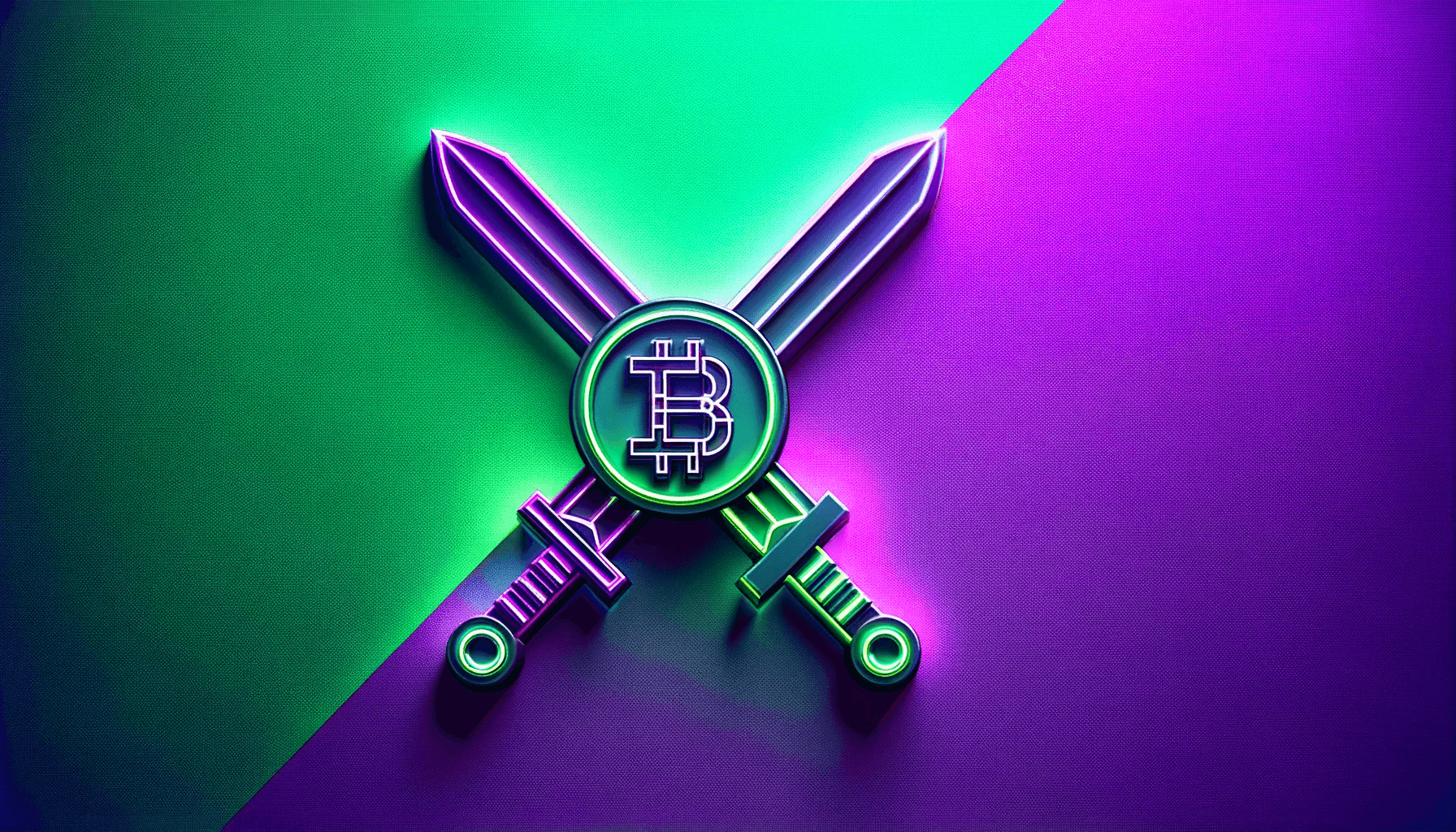
There are thousands of cryptocurrencies available in the market. Sometimes they are referred to as ‘coins’, other times they are referred to as ‘tokens’. While coins and tokens in blockchain hold the same fundamental principles, there are several key differences between cryptocurrency coins and tokens.
In this article, we explore what are cryptocurrencies and the underlying technology that powers them. Plus, we discuss different types of crypto assets including coins and tokens and the differences and similarities between them.
What are Cryptocurrencies?
Cryptocurrencies are digital assets and are sometimes referred to as ‘internet money’. Unlike fiat currency or cash that is tangible, cryptocurrencies are pieces of code that can be used to pay for goods and services online. Furthermore, cryptocurrencies have various utilities that can allow holders of crypto assets to earn a passive income through various Web3 protocols such as staking and yield farming. Plus, the technology behind cryptocurrencies allows for crypto assets to represent digital identities and voting rights.
Cryptocurrencies use a revolutionary digital technology called blockchain. This allows each cryptocurrency to have its own tokenomic design. For example, the amount of cryptocurrencies in circulation and what people can do with them. The value of a cryptocurrency is largely determined by the supply and demand of the asset alongside its utility.
What is Blockchain?
Blockchain technology is a form of distributed ledger technology (DLT) which launched in 2009. In a nutshell, DLT records financial transactions between two people in a secure, transparent, and immutable manner. Like writing on stone, once a transaction is confirmed it cannot be removed or adjusted and is publicly available for anyone to check. However, the identity of transactions is private thanks to public and private key cryptography.
Blockchain technology operates across a network of computers called nodes. Each node is responsible for mathematically verifying transactions and maintaining the upkeep of the network. In return, nodes receive freshly minted cryptocurrency and transaction fees to cover the computational costs of verifying transactions. Valid and verified transactions are placed into a block, and when the block is full it becomes appended to the blockchain. As a result, transactions can be processed peer-to-peer without the need for intermediaries or third-party middlemen.
Cryptocurrency Coins
In order to transfer value or information, each blockchain network will have its own native coin on the payments layer. For example, Ethereum (ETH) is the native coin of the Ethereum blockchain network. Further, cryptocurrency coins are often used to incentivise the nodes in the network processing the transactions. Coins are typically used as a medium of exchange for assets and services available on a blockchain network.
Cryptocurrency coins are generally mined into existence upon the completion of new blocks being added to the blockchain. Additionally, the native coin is often used to cover the computational gas costs of processing transactions on a blockchain. There is generally a fixed supply of coins to create scarcity and value to a project. For example, the leading blockchain network, Bitcoin, has a maximum capped supply of 21 million coins. This amount is embedded in the protocol and would require a majority consensus of the Bitcoin community to adjust or increase the supply.
Cryptocurrency Tokens
Whereas cryptocurrency coins are native to a blockchain, tokens are crypto assets that run on top of a network. For example, MATIC is an ERC-20 token that runs on top of the Ethereum blockchain. Different blockchain networks have different token standards - i.e Binance Smart Chain uses the BEP-20 token standard. In short, token standards are like recipes or frameworks that allow tokens to interact with different decentralised protocols (such as wallets or exchanges) across a blockchain ecosystem. Tokens allow holders to interact with a variety of decentralised applications (Dapps) on the respective chains.
Cryptocurrency tokens can hold a variety of use cases, often providing more diverse functionality than coins. This could include governance and security thanks to the use of smart contracts. Anyone can create a cryptocurrency token on a blockchain. What gives a token value is the utility and tokenomic design including the supply and demand. The maximum supply of a token is determined at launch. The distribution process can be through initial coin offerings (ICOs), token sales, or airdrops.
The Difference Between Coins and Tokens
When you’re using cryptocurrencies, regardless of whether they are a token or a coin, you will need to be familiar with a Web3 wallet. A Web3 wallet is a digital space to store crypto assets which are stored on the blockchain. However, there is a difference between the utility of coins and tokens in blockchain which we have outlined below:
Coins:
-
Native assets of blockchain networks
-
Primarily used as a medium of exchange/store of value
-
Issued through mining new blocks to the blockchain
-
Generally have a fixed maximum supply
-
Available on most centralised exchanges (CEXs)
Tokens:
-
Exist on top of blockchain networks
-
Hold a range of utilities with decentralised applications (Dapps)
-
Can be issued all at once or through token sales
-
Supply can be adjusted according to project design and demands
-
Available across decentralised exchanges (DEXs)
Utility and Security Tokens
Security tokens are cryptocurrencies which represent ownership of an asset or project. Some cryptocurrencies are referred to as ‘utility tokens’, which allow holders to access certain services or applications within a blockchain ecosystem. Utility tokens don’t provide an investment stake in a project like security tokens. Rather, utility tokens can be used as rewards in a loyalty scheme, in-game currencies, or vehicles for voting in decentralised autonomous organisations (DAOs).
Stablecoins
The name ‘stablecoins’ implies these assets are coins, however, most stablecoins are in fact tokens. Predominantly, stablecoins, including USDC and USDT, use the Ethereum ERC-20 token standard. The reason for the name is due to being used generally as a medium of exchange akin to native blockchain coins. However, stablecoins operate through smart contracts on top of Ethereum or other blockchains. Stablecoins are backed by US dollars or other assets to maintain a $1 peg and don’t have their own chain.
Exploring the Difference Between Coins and Tokens Summary
In crypto, the words ‘token’ and ‘coin’ are often used interchangeably, however, there are key differences between the two. This includes the issuance, liquidity, and utility of the assets. Understanding the similarities and differences between coins and tokens means investors can make more informed decisions about their investments.
Want More Cutting-Edge Crypto News?
Follow Us: X TikTok Instagram Telegram LinkedIn
Sign up to our newsletter at the bottom of the page
Check Out Our Top 10 Crypto Currencies of 2023
This article is intended for educational purposes and is not financial advice.

















